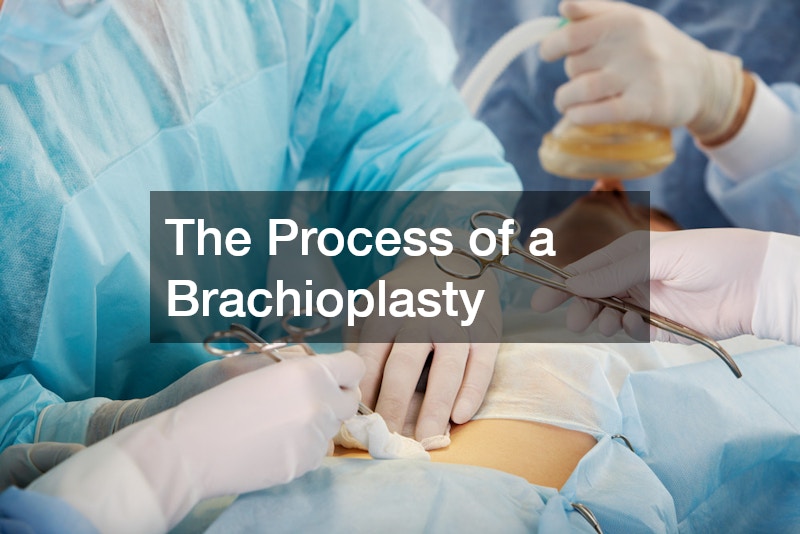Brachioplasty, commonly known as an arm lift, is a surgical procedure designed to reshape and enhance the upper arms by removing excess skin and fat. This procedure is particularly popular among individuals who have experienced significant weight loss or who struggle with sagging skin due to aging. The process of brachioplasty involves several critical steps, each aimed at achieving a smoother, more toned appearance of the arms.
Consultation and Planning
The first step in the brachioplasty process is a thorough consultation with a board-certified plastic surgeon. During this consultation, the surgeon will evaluate the patient’s overall health, medical history, and specific aesthetic goals. They will examine the arms to assess the extent of excess skin and fat, discuss the desired outcome, and explain the risks and benefits of the procedure. This is also the time to address any questions or concerns the patient may have. The surgeon will develop a personalized surgical plan based on the patient’s anatomy and expectations.
Preoperative Preparation
Once the surgical plan is in place, the patient will receive detailed preoperative instructions. These may include guidelines on medications, diet, and activities to avoid before surgery. It’s crucial for the patient to follow these instructions carefully to ensure the best possible outcome. The surgeon may also recommend preoperative tests or evaluations to confirm the patient’s readiness for surgery.
The Surgery
Brachioplasty is typically performed under general anesthesia, although local anesthesia with sedation may be used in some cases. The procedure usually takes between two to three hours, depending on the extent of the work required.
The surgeon begins by making an incision along the inner or back of the arm. The length and pattern of the incision vary based on the amount and location of excess skin. In cases where there is minimal excess skin, the incision may be limited to the armpit area. However, more significant corrections may require an incision extending from the armpit to the elbow.
After making the incision, the surgeon removes excess fat using liposuction if necessary. The underlying supportive tissue is then tightened and reshaped with internal sutures. Once the desired contour is achieved, the surgeon trims away the excess skin and closes the incisions with sutures. In some cases, drains may be placed to help remove any excess fluid that accumulates postoperatively.
Recovery and Aftercare
Following the surgery, the patient will need to wear compression garments to minimize swelling and support the new arm contours during healing. The initial recovery period typically lasts one to two weeks, during which patients are advised to avoid strenuous activities and keep their arms elevated to reduce swelling.
Pain and discomfort can be managed with prescribed medications, and most patients can return to light activities within a few days. Full recovery, including the resolution of swelling and the fading of scars, can take several months. Regular follow-up visits with the surgeon are essential to monitor the healing process and ensure optimal results.
Achieving the Desired Results
The results of brachioplasty are visible almost immediately, with a significant improvement in the shape and tone of the upper arms. However, it’s important to maintain a stable weight and follow a healthy lifestyle to preserve the results over the long term.


